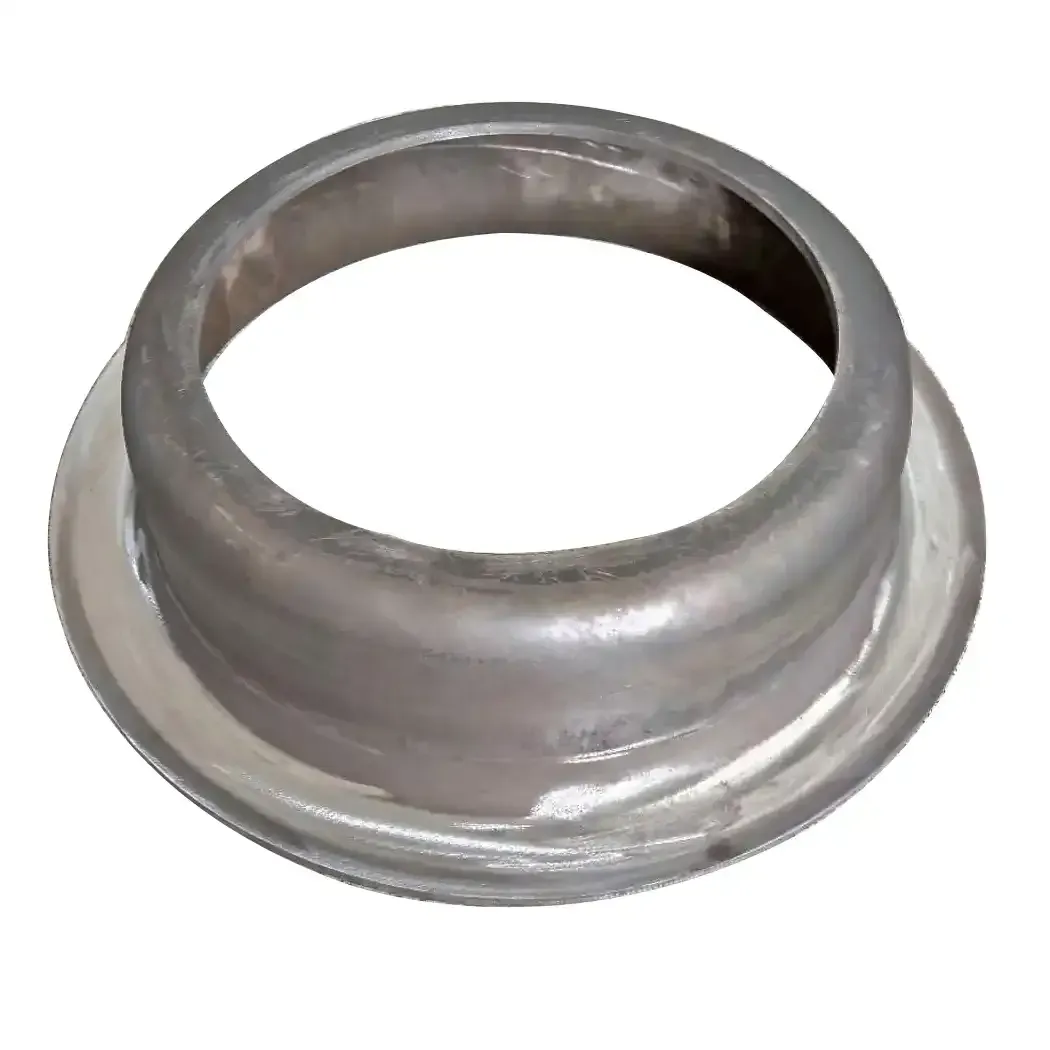ಸೆಪ್ಟೆಂ . 04, 2024 09:41 Back to list
ductile iron sand casting foundry
Ductile iron sand casting foundries have become pivotal in the manufacturing landscape due to their ability to produce high-quality, durable components with exceptional mechanical properties. Ductile iron, known for its superior strength, ductility, and wear resistance, is a favored material in various industries, including automotive, construction, and machinery.
The process of ductile iron sand casting starts with the preparation of the mold. Foundries utilize sand, which can be mixed with clay and other additives to enhance its binding properties. The mold is created by packing the sand around a pattern that represents the desired shape of the final product. Once the mold is formed, the pattern is removed, leaving a cavity into which molten ductile iron will be poured.
Molten ductile iron is produced by melting pig iron, scrap metal, and alloying elements in a cupola furnace or an electric arc furnace. The addition of alloys, such as magnesium, is crucial as it transforms the graphite structure in the iron from flake to nodular form, which gives ductile iron its remarkable properties. The control of temperature and the composition of the molten metal during this phase are critical to achieving the desired mechanical strength and ductility.
Once the molten iron is ready, it is poured into the sand molds. The cooling process then begins, allowing the iron to solidify. The cooling rate can affect the final properties of the casting, and foundries often employ cooling techniques to optimize the microstructure of the cast part. After solidification, the mold is broken away, and the raw castings are cleaned, often using processes like sandblasting or shot peening to remove any sand residues and imperfections.
ductile iron sand casting foundry

Ductile iron sand castings exhibit several advantages over traditional materials
. Their enhanced strength-to-weight ratio makes them ideal for applications where both lightweight construction and load-bearing capacity are essential. They also possess excellent fatigue resistance, making them suitable for dynamic applications where components are subjected to fluctuating stress.Moreover, ductile iron castings can be easily machined and weldable when necessary, allowing for further customization and assembly in manufacturing processes. This flexibility is beneficial in industries such as the automotive sector, where components such as crankshafts, axles, and suspension parts are routinely produced from ductile iron.
Sustainability is another key aspect of ductile iron sand casting foundries. The process allows for the recycling of scrap metals, contributing to reduced waste and lower energy consumption compared to other manufacturing methods. Modern foundries are increasingly adopting green technologies and practices to minimize their environmental footprint.
In summary, ductile iron sand casting foundries play a crucial role in producing high-quality components for various industries, combining strength, ductility, and sustainability. As technology continues to advance, the casting processes are expected to become even more efficient, paving the way for innovative applications of ductile iron in the future.
-
Durable Centrifugally Cast Iron Water Main Pipe
NewsAug.11,2025
-
Centrifugally Cast Iron Water Main Pipes for Reliability
NewsAug.10,2025
-
High-Quality Centrifugally Cast Iron Water Main Pipes
NewsAug.09,2025
-
Durable Cast Iron Water Main Pipe & Drainage Solutions
NewsAug.08,2025
-
Buy Cast Iron Pipe: Premium Ductile Iron & Drain Solutions
NewsAug.07,2025
-
Durable Cast Iron Water Main Pipe | Buy Ductile Pipe
NewsAug.06,2025


